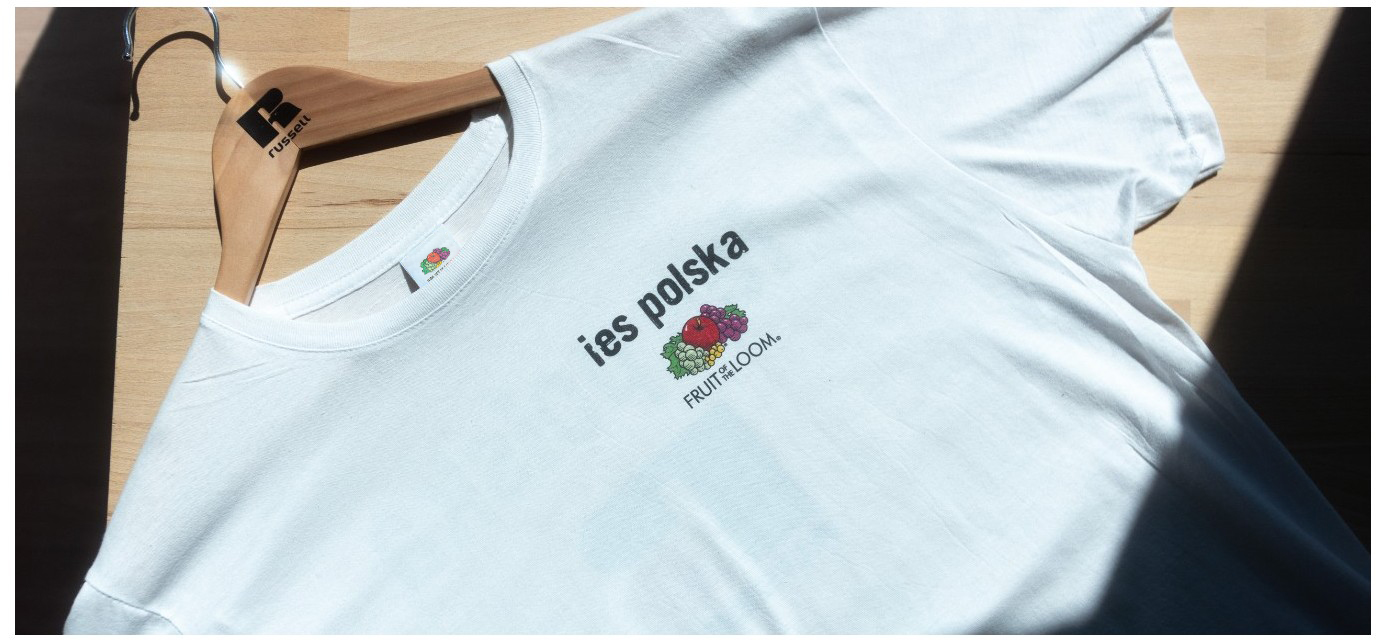
DTG digital printing - The most popular marking methods
DTG Printing: An In-Depth Look at Direct to Garment Printing Technology
We continue our series on garment printing. This time, we're diving into a relatively new technology, patented just eighteen years ago – DTG, or Direct to Garment printing.
Most of us are familiar with operating a home printer: insert paper, click ‘Print,’ and within seconds, you have a printed page in hand. American inventor Matthew Rhome also knew this process well, and in 1996, he wondered – what if we could print on textiles instead of paper? This idea led to the market launch of the first DTG printer.
Until then, printing on clothing was a complex process (as we discussed in our recent article on Screen Printing). It required a sizable array of machinery and significant expertise. DTG, however, is almost the opposite of that.
Technology
Forget about screens and car-sized carousel printers. DTG allows you to create prints with a much smaller machine. The setup process is limited to preparing a file, and the machine is ready for printing within seconds. The garment is placed on a special, rigid platen, which then passes through the printer. The design is applied directly to the fabric, then heat-set. And that’s it! Even better, DTG allows for nearly full-color spectrum reproduction, including tonal gradients. With no need for screens or plates, you can print as little as one piece at a time.
DTG printing can be performed on two types of equipment: dry-process (e.g., DuPont machines) or wet-on-wet (e.g., Kornit machines).
Fruit of the Loom T-Shirt with DTG Printing
The image shows a print made with a Kornit machine (wet-on-wet). You can clearly see the smooth color transitions and the variety of colors, which would be challenging to align with screen printing. With DTG, all it takes is one file, and you’re done!
Before applying the final design, both processes require pretreatment of the fabric. Here is where the methods differ. In dry-process printing, the fabric is dried before printing. In wet-on-wet printing, the ink is applied directly onto the wet pretreatment.
The print outcome differs slightly depending on the method chosen. Dry-process printing is more time-consuming but offers better color reproduction and saturation, with a sharper design since the ink doesn’t absorb into the fabric. Wet-on-wet printing, however, ensures a more durable design as the ink penetrates deeper into the fibers.
Limitations of DTG
Like any technology, DTG has its limitations. One primary drawback is the limited print area – typically no larger than A3. Although these prints are relatively durable, they do require extra care during washing, which we’ll discuss further on.
Ideal Fabrics for DTG
The ideal base for DTG printing is cotton clothing – T-shirts, polos, hoodies, or bags. Until recently, only 100% cotton substrates were used, but now more printing facilities offer DTG on white polyester fabrics or polyester-cotton blends.
Who is DTG For?
DTG is perfect for small print runs, making it popular for personalized T-shirts for special events or casual gatherings. However, it’s also suitable for larger-scale use. The highly detailed reproduction of complex color designs allows for vibrant prints with tonal gradients, which are challenging to achieve with other methods and require considerable skill and experience. The fact that screens or plates are not required means that each garment can be individually personalized, ideal for sports uniforms.
How to Prepare Files for DTG
Preparing files for DTG printing is one of the easiest processes. Most printing companies will request a standard bitmap file with transparency. The recommended format is TIFF, but there’s an interesting note: DTG printing can also be done from RGB color space files, so PNG is also an option.
How to Care for DTG Prints
Unfortunately, DTG prints require a bit more care compared to other methods like screen printing:
- Wash inside out to prevent the print from wearing down quickly.
- Wash at a maximum temperature of 30°C (86°F) with a spin speed of up to 600 RPM. Avoid tumble drying.
- Do not iron directly on the print. If you must, iron on the reverse side at a lower temperature.
- Avoid bleach and refrain from dry cleaning.
Following these guidelines will ensure that your DTG print remains vibrant for up to 50 washes!
 Cookies
Cookies